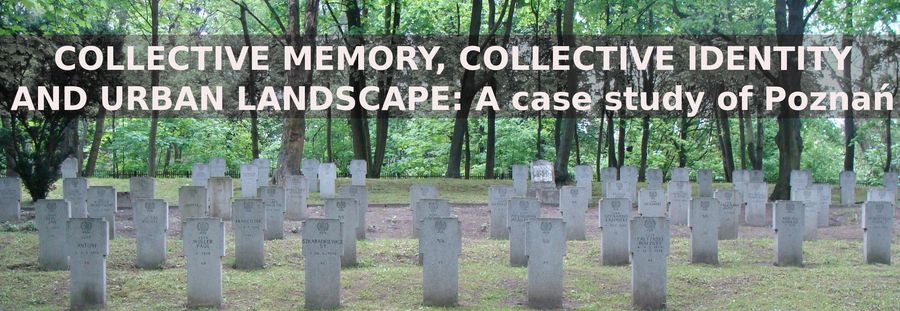Motivation and goal
The notion of collective memory has been introduced by Halbwachs (1950) and elaborated by Assman (English translations: 2005, 2011) and Young (1993). In Poland this line of research has been fruitfully developed by Barbara Szacka (1995, 2000, 2005 and 2006) inspired by the early studies of Nina Assorodobraj (1963). Kalinowska (2012: 426) emphasizes the interdisciplinary nature of investigations of collective memory and situates them “at the meeting-point between history, sociology and psychology”.
The present project aims at investigating it with methods drawn from ethnology and linguistics. In the present study collective memory is understood as a discursive construct collaboratively created by discourse participants. As a potential vehicle of ideology it may be controlled by various social agents and mediated via education system, social rituals, and mass media. Golka (2009) in his book on social memory and its implants identifies a long list of memory 'carriers' with cityscape featuring significantly among them.
One of such urban memory carriers are the city cemeteries. In our study they will be used as triggers for elicitation and the thematic foci of interviews. In this way we will attempt to collect data, which will allow us to identify and describe the role of the changing city landscape in collective memory construction and re-construction.
 Polska wersja
Polska wersja


